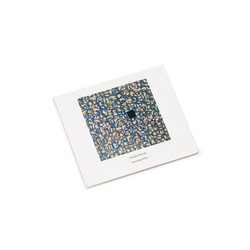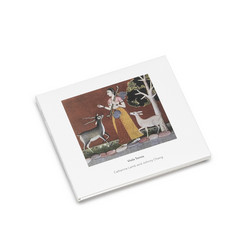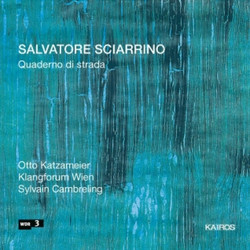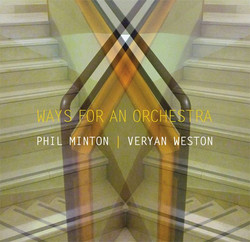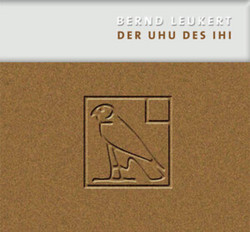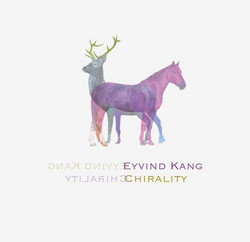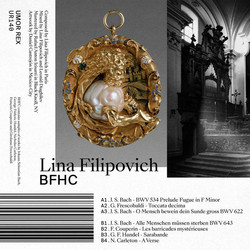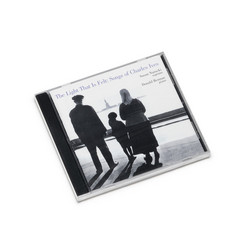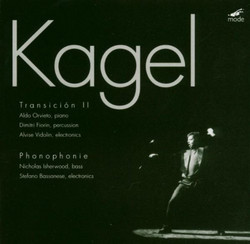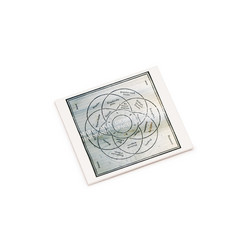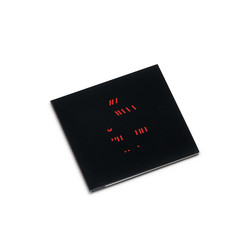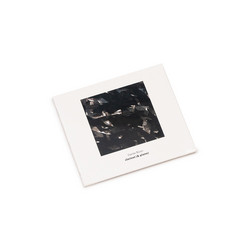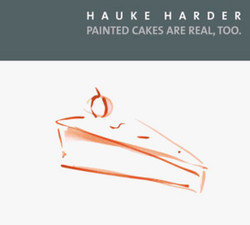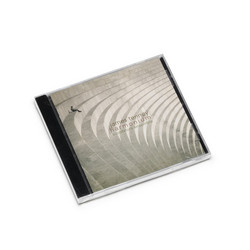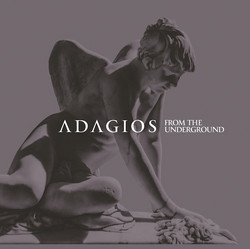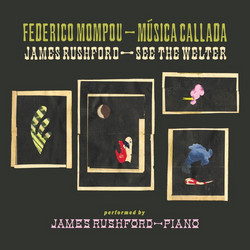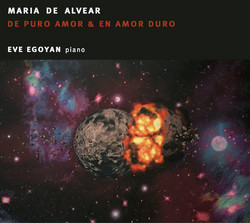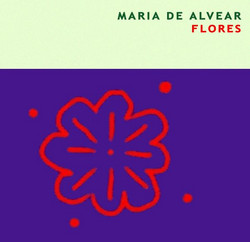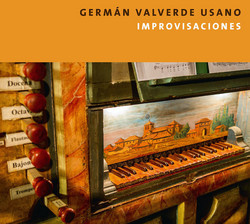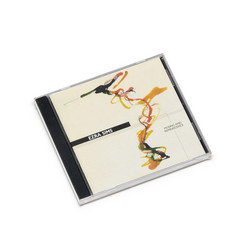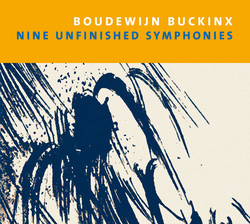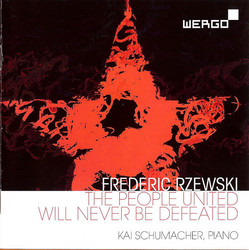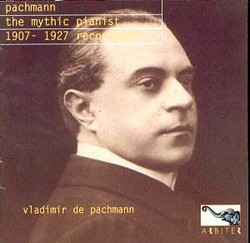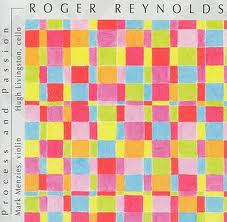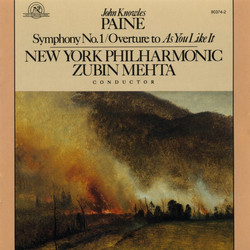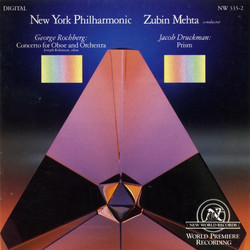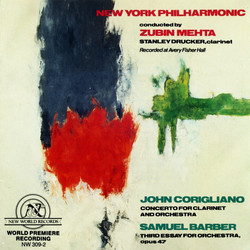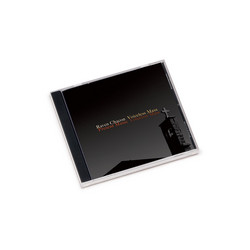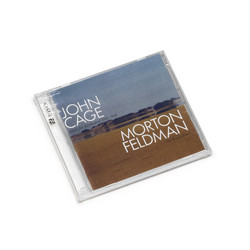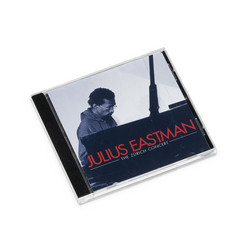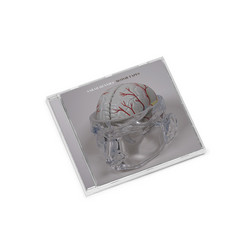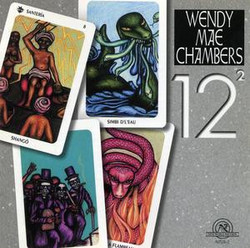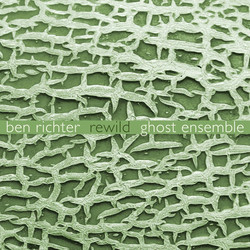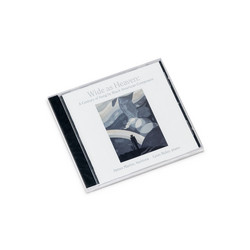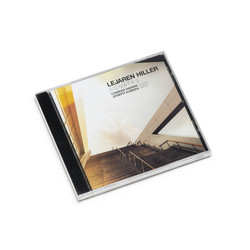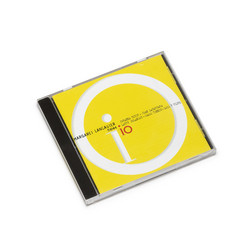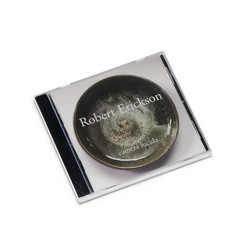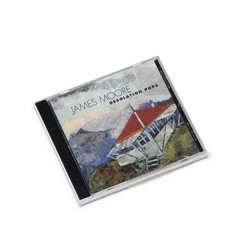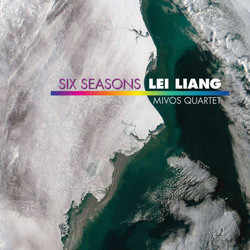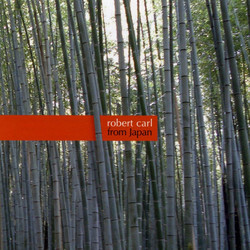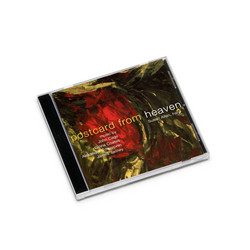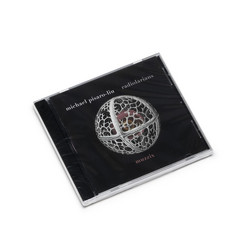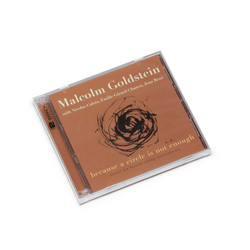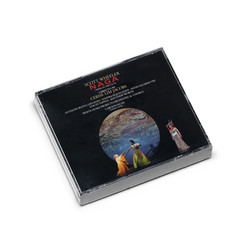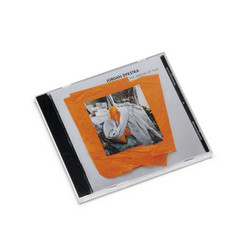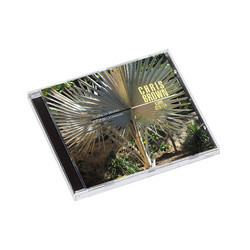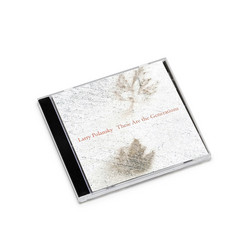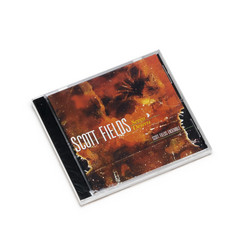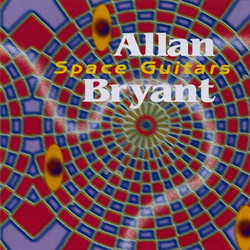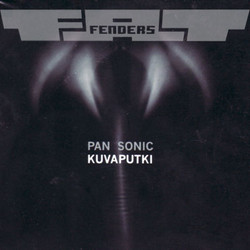John Knowles Paine, New York Philharmonic, Zubin Mehta
Symphony No. 2 (CD)
The premieres of John Knowles Paine's two symphonies-the First in 1876, the Second in 1880-may be said to mark the effective beginning of the American symphonic tradition. American composer George W. Chadwick, who had been a young man in Boston in the 1870s, recalled that the Paine symphonies were "a stimulus and an inspiration to more than one ambitious musician of that time."
Paine (1839-1906) studied with a German immigrant musician in Portland, Maine, then went to Berlin for several years. Upon returning to the United States, he settled in Boston, where his Mass in D persuaded many that here was a significant new voice. In 1873 he was named assistant professor of music at Harvard. The rest of his career combined composition with teaching. His pupils included, among others, composers John Alden Carpenter, Frederick S. Converse, Arthur Foote, Edward Burlingame Hill, and Daniel Gregory Mason.
Following the enthusiastic reception of his First Symphony in 1876, Paine began work on his Second. The eagerly awaited work was performed by two different Boston orchestras on consecutive days. The Gazette called Paine's symphony "by far the finest work hitherto written on American soil by an American composer." The length of the work, though—nearly fifty minutes, a good deal longer than Paine's First—proved a stumbling block to audiences. Moreover, the symphony grows from several motifs developed in an almost Wagnerian manner and includes thematic cross-references between movements which benefit from repeated hearings to achieve their maximum effectiveness. (In fact, critics of the time debated whether the symphony leaned dangerously toward the radical tone poems of Liszt. Though Paine certainly had programmatic ideas in planning his symphony, he downplayed them in early performances.)
Still, the critics found the expressive sense of the symphony as a whole clear from the outset. The work's success induced the music publisher Arthur P. Schmidt to propose printing the score, and Paine's Second Symphony became the first American symphonic work to be published in full score.
